We are currently working on our third house that we have updated/renovated since Todd and I got married, but it is by no means the first house I have worked on in my life.
My parents were also avid renovators and I spent a lot of time with my parents helping them transform charming older homes into a warm, welcoming place for our family to live.
My mother always tells the story of how, as a young teenager, I wouldn’t stop sanding our weather-beaten stairs one very late evening and going to bed she went to bed so I just sanded and sanded next to her until she finally gave in and pulled away. I think it’s in my DNA!
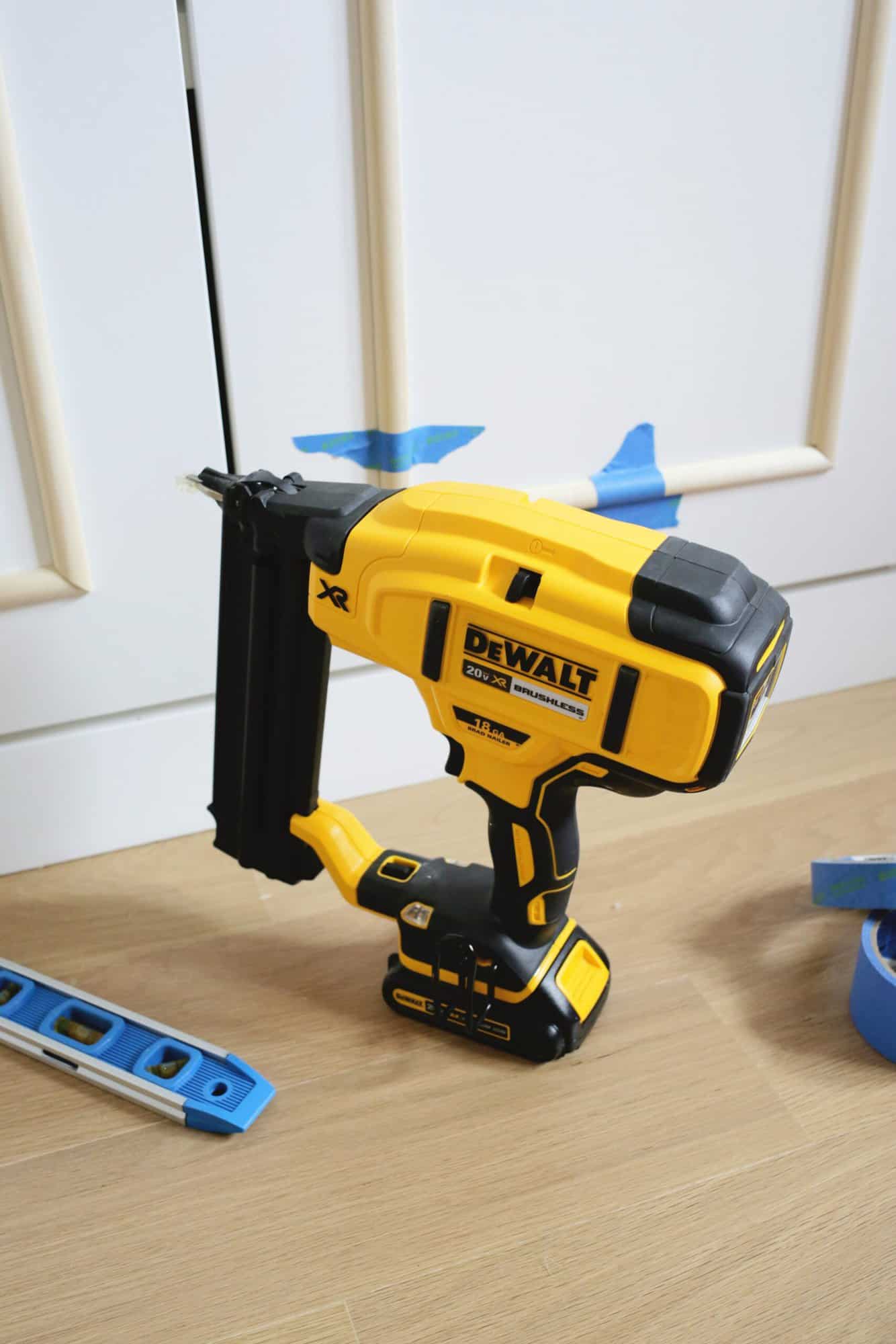
That being said, while there’s a lot I don’t know and some jobs I need to hire a professional for, I do know a few things from my past experiences. But this current house has so many problems that it has really forced me to branch out and learn new skills and pick up some new tools along the way.
I know some of the best DIY tools on my list, but haven’t used them in a while (and can’t believe I haven’t used them in the meantime!). Others are totally new to me but so helpful I don’t know how I made it to this point without them!
There are some smaller, inexpensive items and some larger investment pieces, but I hope some of these are helpful to you too!
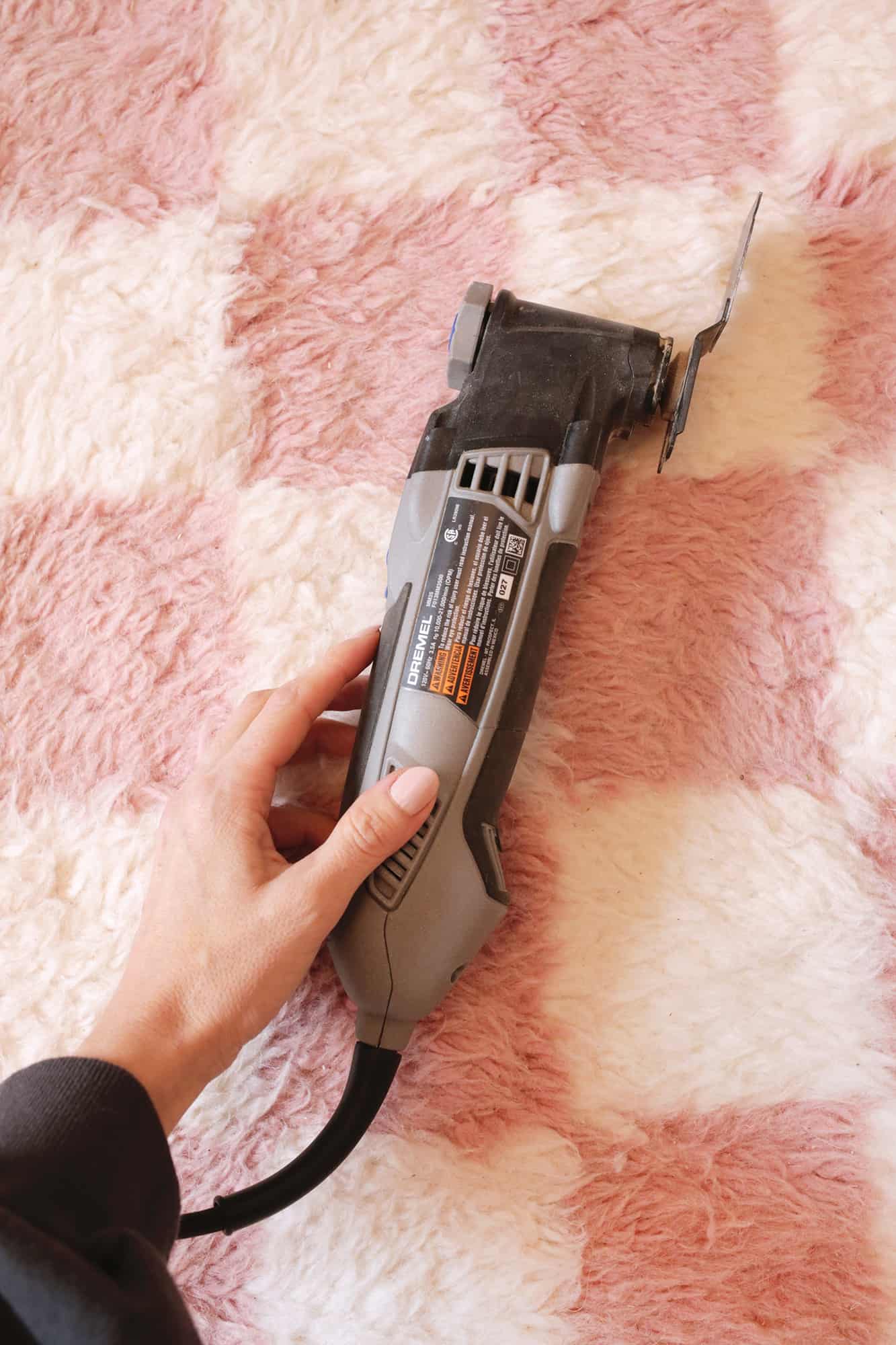
Dremel multi-tool: This is a tool that’s new to me, but I really can’t believe we made two houses without one! There are a variety of blades/attachments that you can use with this tool (hence the name “multi” tool), but we have by far used the saw blade the most.
It’s perfect for cutting things that would be hard for any other type of saw to achieve (like trimming our baseboards just a little to fit updated heater registers) and it’s super helpful for cutting nails and screws in many demos – and installation situations.
It has a grinding attachment to get into corners and small areas that are difficult to grind, and you can buy other attachments like this blade, which is also very helpful. As with all saws and grinders, be sure to wear safety goggles when using the tool (and I would pack a pair of earplugs to protect your ears).
Ratchet Screwdriver: Probably the most used tool in our household (renovation work or not) is a screwdriver! It’s incredibly helpful to have one that has different bits for different sizes and types of screws (like at least several Phillips bits and several flat-head bits).
But having one that is also a ratchet screwdriver is amazing. It’s like punishment for using something else and I get angry when Todd brings me a “regular” screwdriver when I ask him to get me a screwdriver.
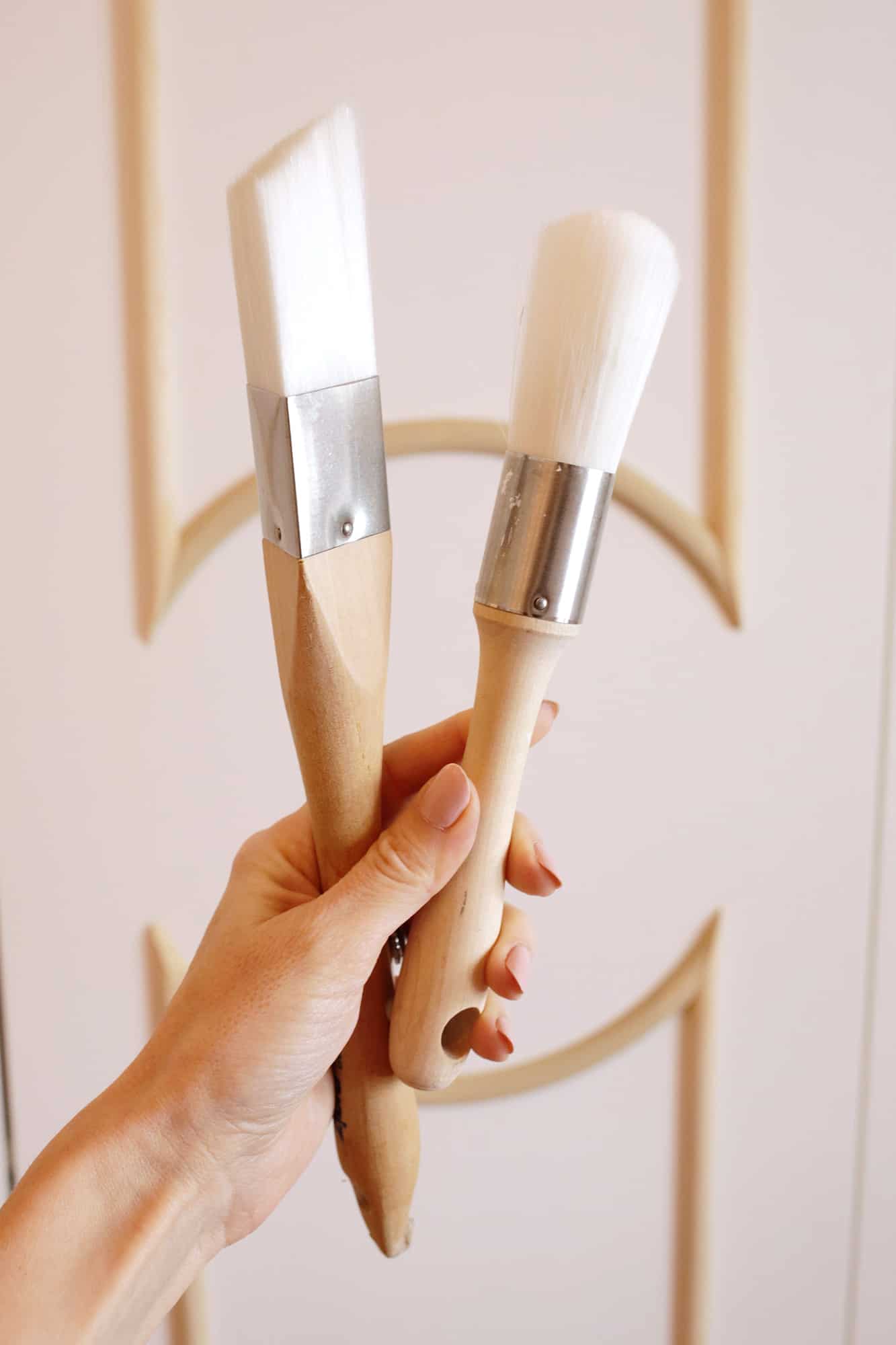
Corner brush or rounded spindle brush: I’m not normally a specialty brush girl, but I’ve always been curious about those triangular corner brushes and rounded spindle brushes and wondered if they’re worth the extra money to get a specialty brush for a specific job. Turns out they are!!
I had to do six coats of paint on the ornate woodwork around our entryway (I hated the first paint and had to repaint it) and it was a nightmare trying to get my regular brush into all those crevices every time. About the fourth coat I decided to try a corner brush and it made a world of difference getting into all those different angles!
For the spindle brush I painted a piece of furniture to which I had attached a ton of half round moldings on the front and sides and the rounded end of this brush made that process in order to much easier than it would have been.
So if you’re painting rounded edges or something with lots of nooks and crannies, get a specialty brush and you’ll be so glad you did!
Paint edge cutter: While I’m pretty good at edging with a brush, my least favorite thing is that a brush makes a thinner line of paint than a roller, so I always end up edging a few more times than where I rolled (especially if you’re painting walls white) .
I’ve used these color edge pads in the past, but for some reason I got away from them for a while and tried them again – they just cover so much better than a brush, and you don’t have to do as many goes through what time and saves effort. They also make smaller edgers for smaller areas which is helpful.
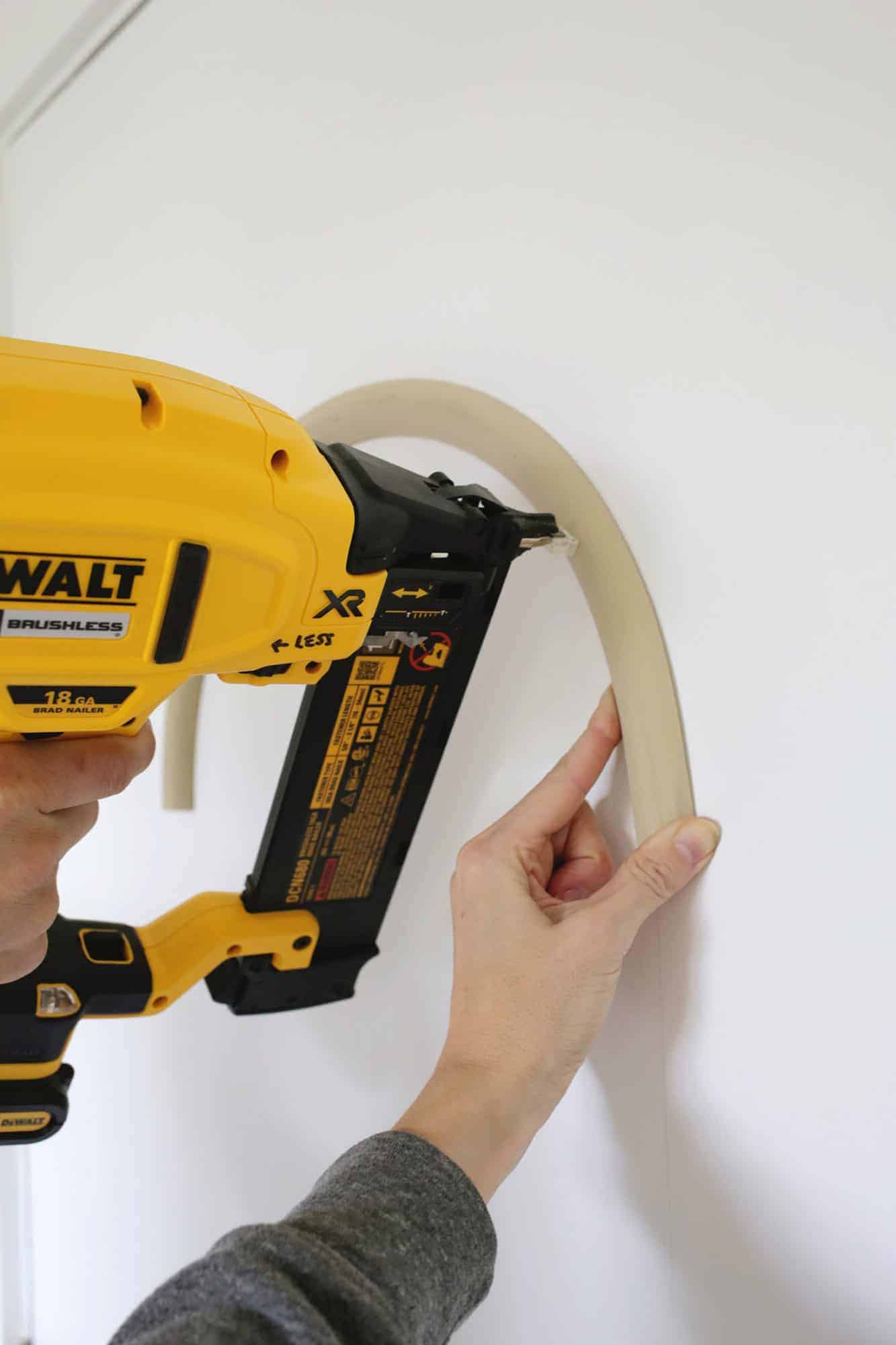
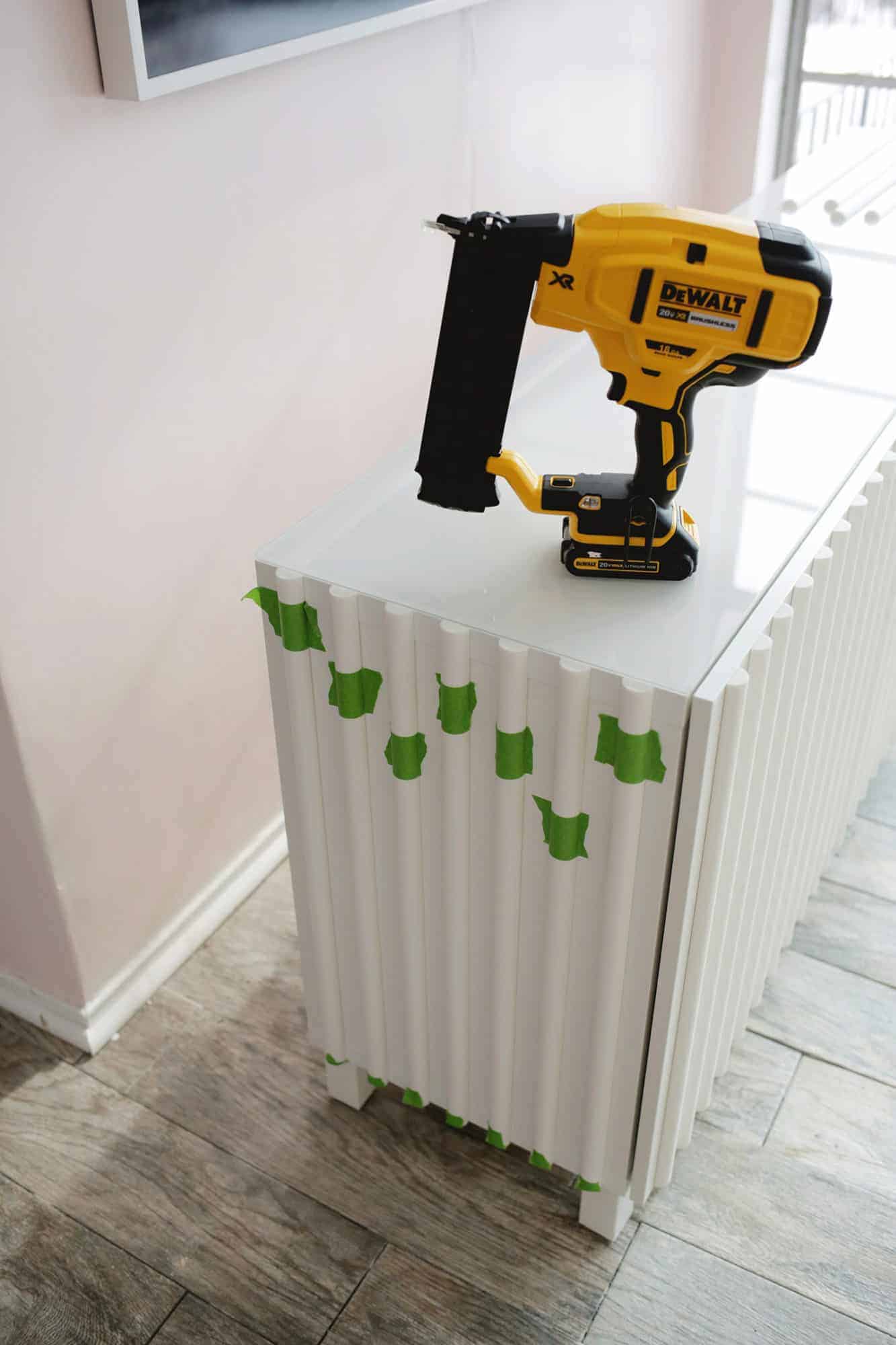
Battery Powered Nail Gun: I’ve had an air gun with a compressor tank for a few years now, and while that was a total game changer in and of itself, this battery powered nail gun is really what I should have gotten instead.
It’s so much easier to use and quicker to set up (just one button to turn on instead of setting up the entire air tank), and you don’t have the air hose in the way while you’re working or having to lug that heavy tank around with you.
As the air compressor tank refills with air, the extremely loud (and sudden!) noise it makes makes me jump out of my skin every time…every single…time. The battery operated one has none of that.
The only downside is that it’s harder to hold than the air compressor model pistol. So unless you’re very strong when it comes to your arms and nailing a lot overhead it gets tough after a while but other than that it’s amazing.
It’s a lifesaver for jobs like custom cabinet doors or building shelving, and I’ve used it for a lot of smaller DIY’s too. If that price is too high and you only want one for smaller projects, this staple gun and nail gun combo is very cheap and can do small nails too.
table saw: So this is higher at the end of the cost and “scary factor” if you’re not used to power tools, but this one’s still a lot cheaper than most table saws, while still being foldable and compact when not in use, and it’s great because You can rip a board up to 27 inches wide (which is much wider than most small table saws).
I understand that table saws seem scary and you have to be very careful with them (this comes with a push stick so you don’t get your hands near the blade when pushing the wood through) but they make so many projects possible, which would be impossible or much slower without them, so totally worth it in my opinion.
Door lock installation kit: If you’ve ever had to drill a doorknob or deadbolt hole in a door, you know what a pain it can be. It’s especially difficult when you need to drill a juuust slightly larger than what’s there when the doors are older and the holes aren’t the current standard size (that’s the problem we’ve had in our house).
If there’s already a hole there it’s almost impossible to use a hole saw without some sort of guide, so this jig clips onto your door giving you a guide for the exact spot to make the right size hole need – so helpful!
Before I knew such a thing existed we made two different doors using an intricate series of brackets and pieces of wood to make them work, but I definitely wish I had known that beforehand!
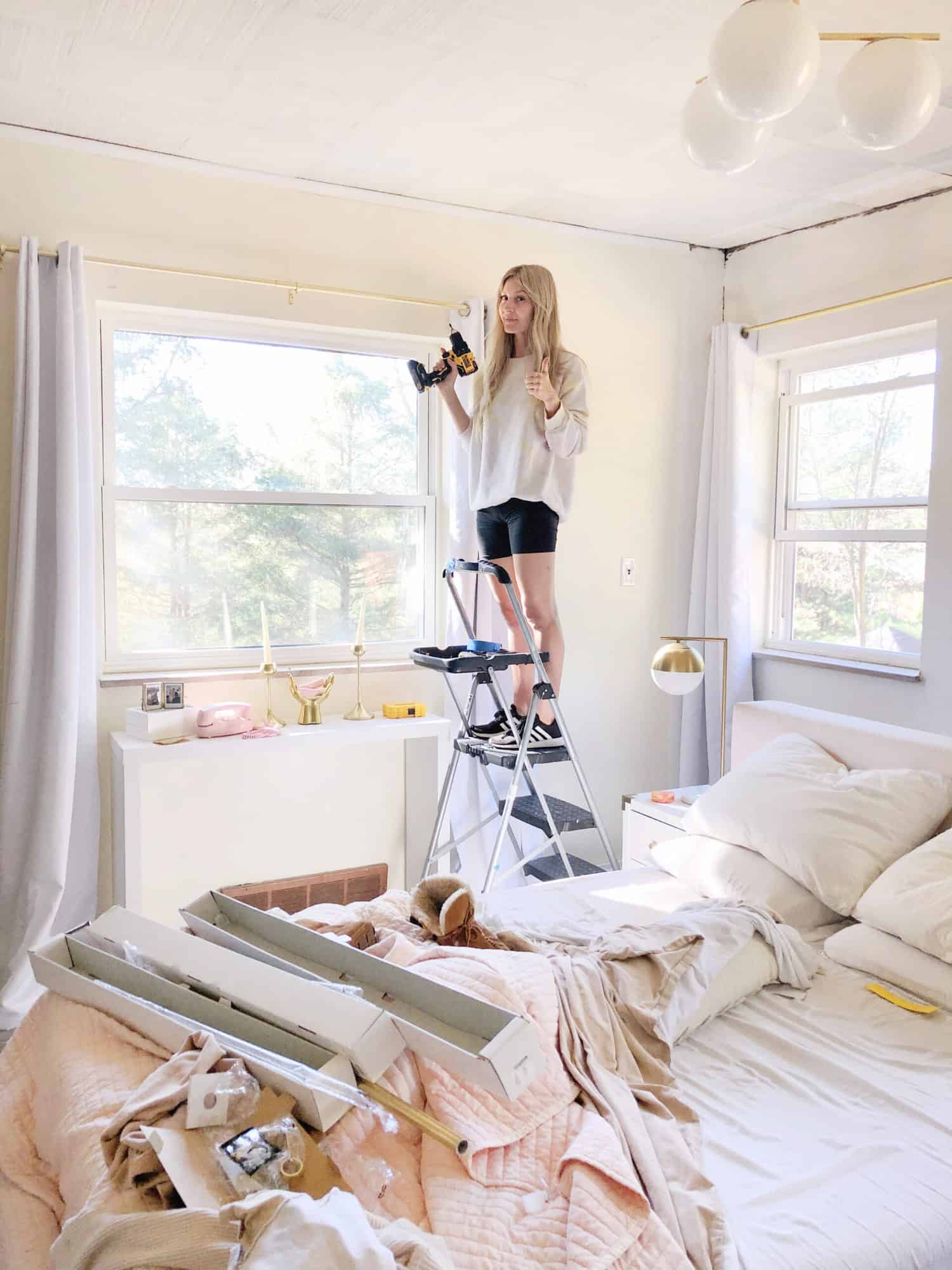
Here we go!! The best DIY tools I wished we had in our toolkit a long time ago that would have made many jobs so much easier up to this point.
If you are in the middle of a renovation, hold on, and if you’re just making a note of this for future reference, feel free to do so, and I hope some of these tools will be useful to you too! xo. laura
Renovating a house? Check out these for more tips!
–Which low-budget renovations make the biggest impact?
–Episode #82: How to plan, budget and execute a renovation without going insane
–Our best room renovations!
–Episode #106: (MINI) How we survive major renovations










